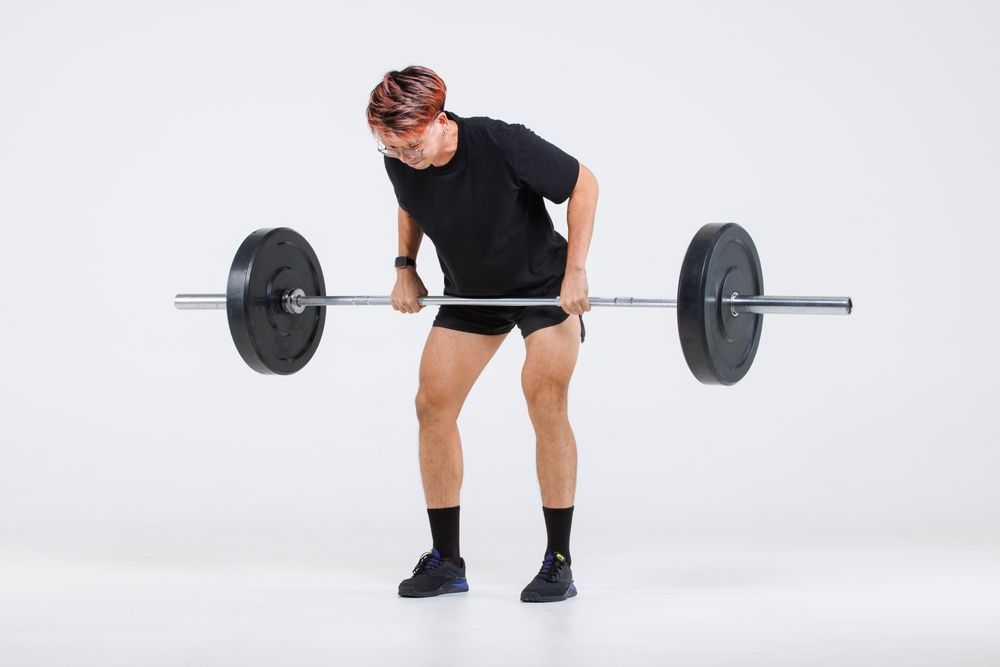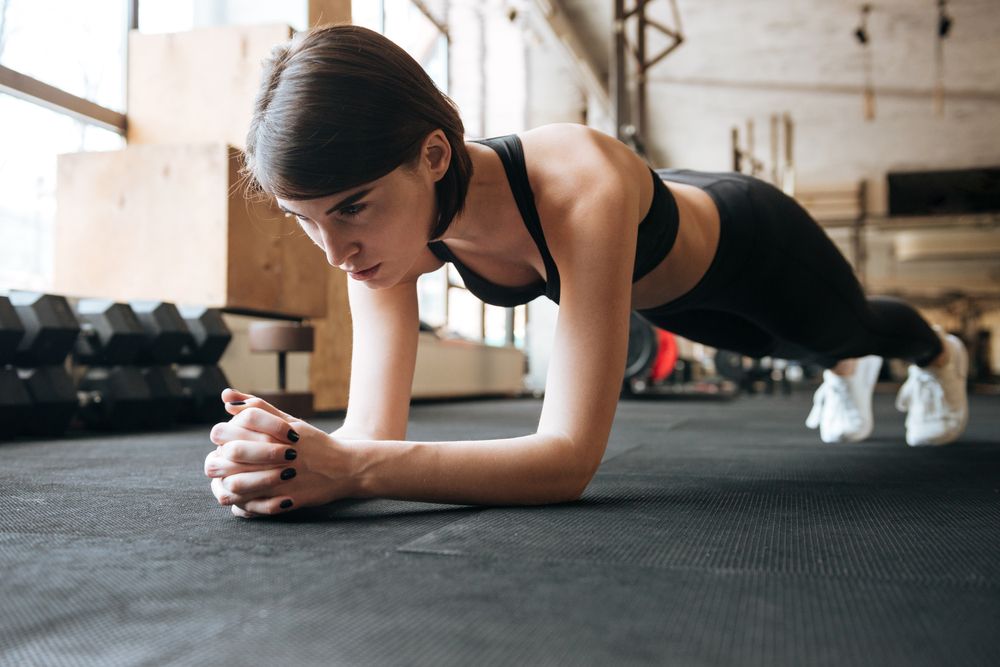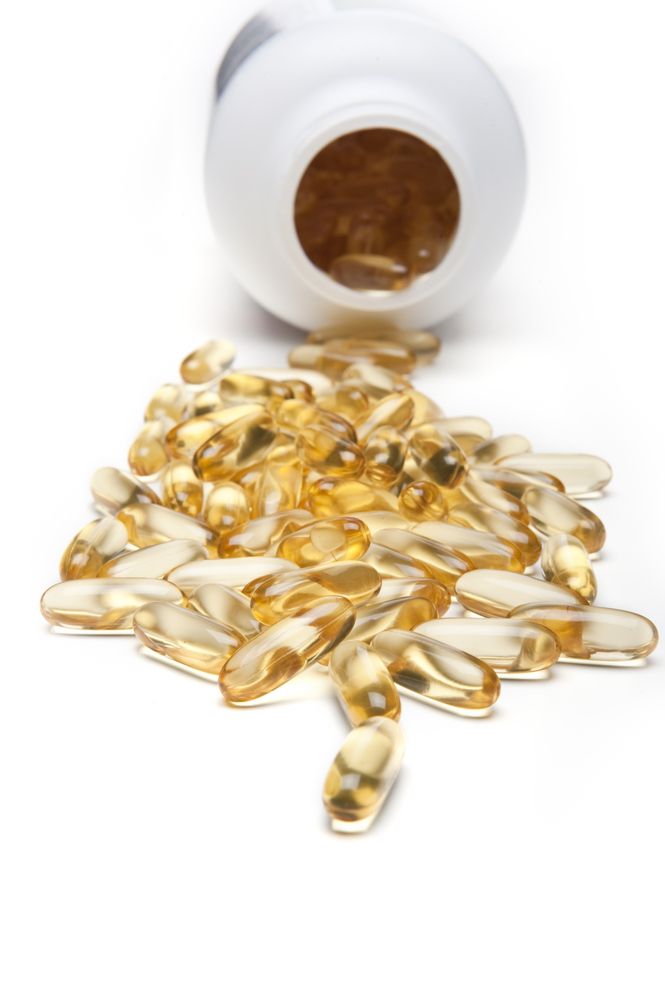
Evaluating your fitness level involves looking at several key components of physical fitness, including muscular strength, body composition, flexibility, and cardiovascular endurance. This helps you identify your strengths, highlight areas for improvement, set realistic goals, and establish a baseline to monitor your progress. To help guide you in the right direction, we consulted with experts who shared the best methods for assessing your fitness level—and why it's important.
Before you begin, grab a journal and prepare to track your results. Experts agree that maintaining a detailed fitness log or using a fitness tracker is one of the best ways to consistently monitor your progress over time.
“[These tools enable you to] document, monitor, and analyze every part of your fitness journey in one convenient place,” says Michael Betts, director at TRAINFITNESS. “By recording details like exercises, sets, reps, weights lifted, distances covered, and times achieved, you can easily track the intensity and duration of each workout. Regularly logging body metrics such as weight, measurements (waist, hips, arms), and body fat percentage provides valuable insights into your physical progress."
How Often Should You Test Your Fitness Level?

Alyssa Wilmarth, general manager at Rumble Boxing in Center City, PA, and a USA Boxing Licensed Fighter and Coach, recommends aiming for at least three fitness sessions per week. Based on your consistency, you can increase the intensity of your workouts every month or two.
“For example, if you typically use a certain weight on the barbell or do a set number of reps, try adding two more reps or increasing the weight by five pounds on each side,” Wilmarth suggests. “If we stick to the same routine without adjustments, our progress will eventually plateau as our body adapts to the challenge.”
Now, let’s dive into the most effective ways to assess your fitness level.
VO2 Max Test
Start by considering a VO2 max test, which measures your body's ability to take in and use oxygen during exercise, helping to determine the maximum amount of oxygen your body can utilize during intense physical activity.
"The VO2 max test involves running on a treadmill or cycling on a stationary bike while wearing a mask that tracks oxygen intake and carbon dioxide output," explains Michael Betts. "The intensity gradually increases until you reach exhaustion. While it's the most accurate way to assess cardiovascular fitness, it’s not accessible to everyone. A more practical option is the submaximal VO2 max test, which you can do with a personal trainer."
1.5-Mile Run or Cooper Test

Test your aerobic and cardiovascular fitness with a 1.5-mile run or the Cooper Test.
"For the 1.5-mile run, you simply run the distance as fast as you can," Betts explains. "The Cooper Test, on the other hand, involves running as far as possible in 12 minutes. The distance you cover is then used to assess your aerobic fitness level, making it an excellent gauge of cardiovascular health."
Vertical Jump Test
The vertical jump test assesses the power of your lower body.
“To perform the test, stand beside a wall or a vertical jump board, reach up to mark your baseline height, then jump as high as you can, touching the wall to measure the difference between your reach and your jump height,” Betts explains.
Plank Hold

Whether you love them or hate them, planks are a great way to test your core strength and endurance.
“To do this, hold a straight plank position, balancing your weight on your forearms and toes, for as long as you can without letting your hips sag or lift,” explains Betts.
Sit-and-Reach Test
The sit-and-reach test might bring back memories of gym class, but it's still an excellent way to measure flexibility well into adulthood.
“This test specifically measures flexibility in the hamstrings and lower back,” Betts explains. “You sit with your legs straight and feet against a box or ruler, then reach forward as far as you can, holding the stretch for a few seconds while your reach is recorded.”
Resting Heart Rate and Heart Rate Variability

Paul Kriegler, a registered dietitian and certified personal trainer at Life Time, emphasizes that resting heart rate (RHR) and heart rate variability (HRV) are two of the most effective ways to assess your body's readiness for additional stress.
"Lower RHR and higher HRV, which indicate better recovery and readiness, are strongly linked to longevity," Kriegler explains.
Nutrient Levels

Low levels of vitamin D, often called the "sunshine vitamin," can impact both immunity and mood. Along with vitamin D, Paul Kriegler advises checking other key nutrient levels, such as iron and essential fatty acids.
"Try to test your vitamin D levels at least once a year and supplement as needed," Kriegler recommends. "Anyone experiencing low energy, limited activity tolerance, or difficulty losing weight should assess their iron levels every six months. Those noticing a decline in mental sharpness or prolonged muscle soreness should consider testing their essential fatty acid levels, such as with the OmegaQuant Omega-3 index test, to determine their omega-3 intake needs."
Happiness

Kriegler refers to happiness, or emotional well-being, as "an easy-to-measure but hard-to-maximize metric."
"Even individuals who may not excel in the earlier tests I mentioned or have suboptimal physical patterns can still outlive their peers if they approach daily life with a positive mindset," he says. "When we are truly happy, we develop better psychological resilience and mental strength to tackle other challenges."
It’s always a good idea to consult a licensed professional, such as a psychologist or therapist, to identify factors that may be impacting your happiness. Kriegler also encourages taking time for self-reflection.
"Just as we track our physical health and achievements, we can measure our personal growth and emotional well-being over time," he explains. "In the same way, we can seek support for our emotional health, just as we do for our physical fitness."

